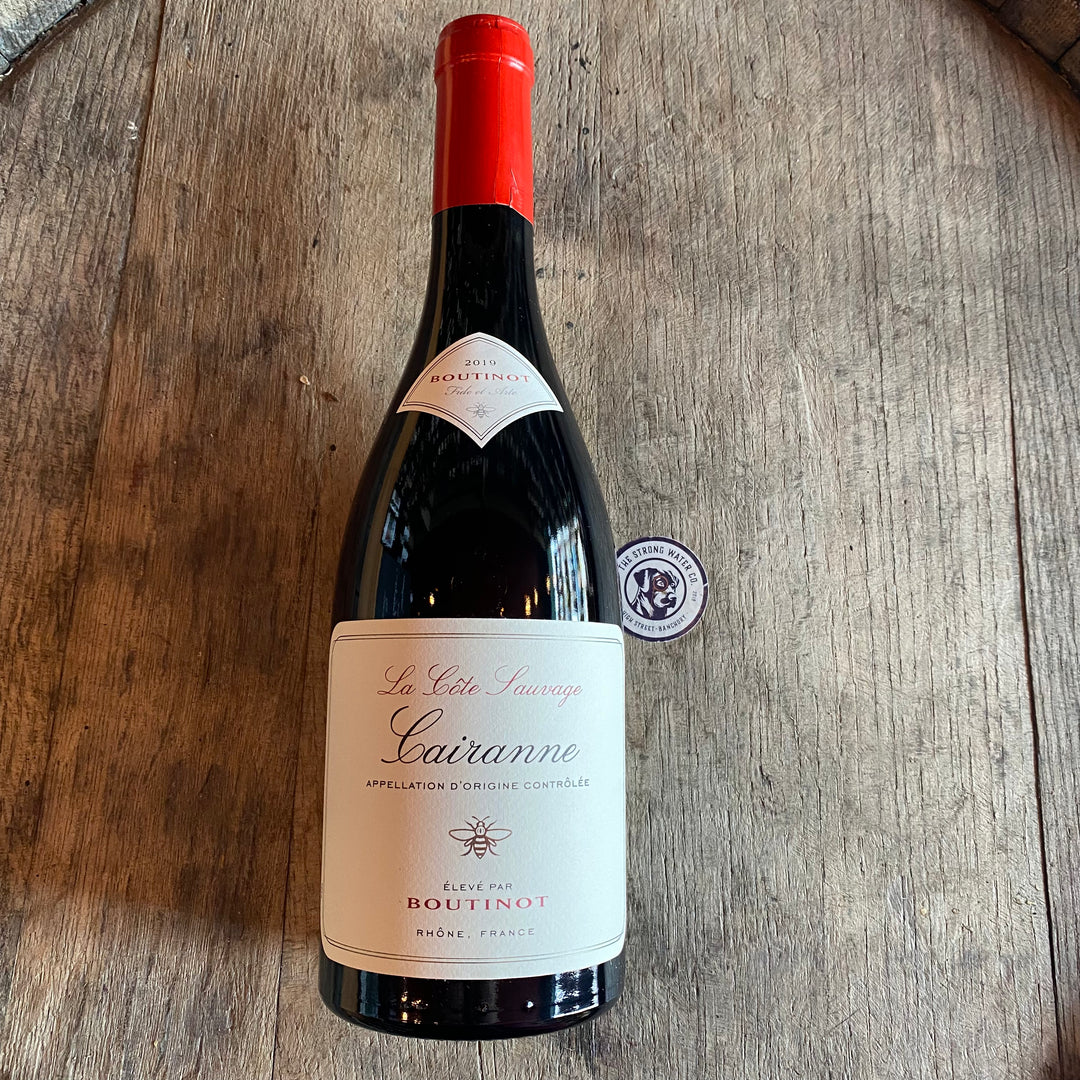
Boutinot La Côte Sauvage Cairanne
Cairanne cuvée marries the intensity and finesse of hilltop cru classified vineyards, slow winemaking and gentle maturation in old French oak
ABV STRENGTH
14.5
BOTTLE SIZE
75cl
COUNTRY
France
GRAPE
Grenache Noir 60% , Syrah 20% , Mourvèdre 10%
REGION
Rhône
STYLE
Full bodied
VINTAGE
2021
Normaler Preis
£2200
£22.00
Normaler Preis
Sonderpreis
£2200
£22.00
Sparen
/
-
-
-
-
-
- Auf Lager
- Nachbestellt, bald verfügbar








